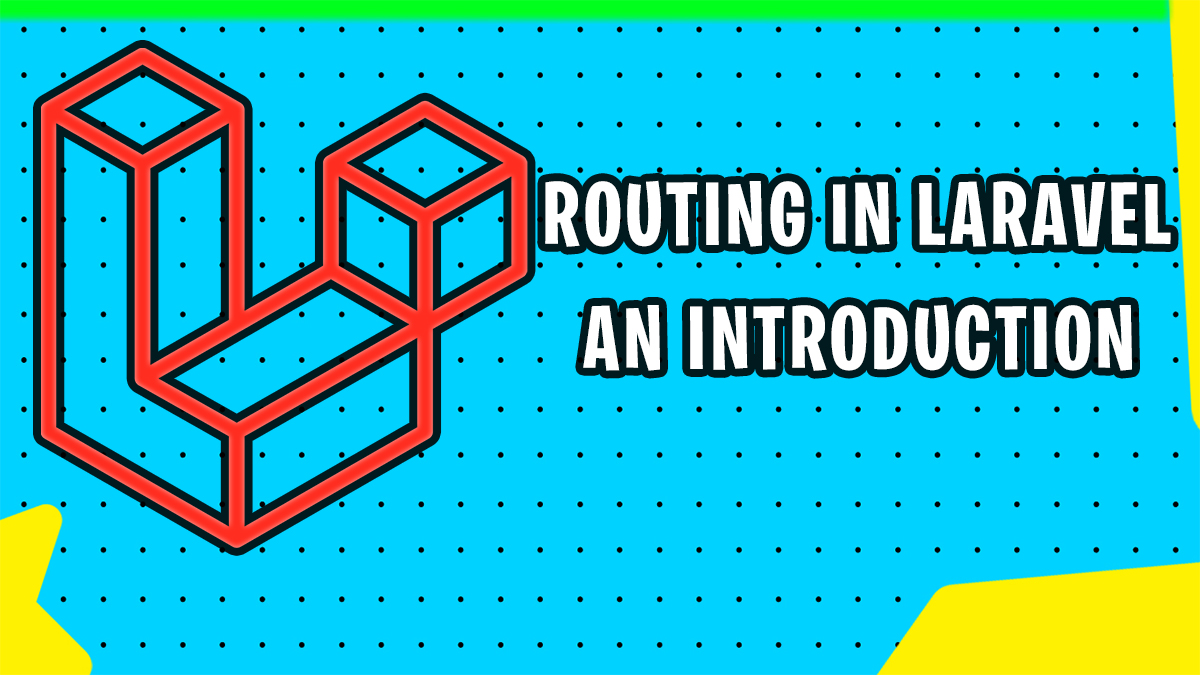Introduction
Laravel is a powerful PHP web application framework that provides a robust routing system. In this post, we’ll introduce you to Laravel’s routing system and show you how to define and use routes in your Laravel applications.
What is Routing?
Routing is the process of mapping URLs to controller actions in a web application. When a user requests a URL, the application’s router matches the URL to a specific controller action, which then generates the response to be sent back to the user.
Laravel’s Routing System
Laravel’s routing system provides a simple and elegant way to define and manage routes in your application. Here are the basic steps to define a route in Laravel:
- Open the
routes/web.phpfile in your Laravel application. - Define a new route using the
Routefacade, specifying the HTTP method, URI, and controller action to be executed when the route is accessed. For example:
Route::get('/users', 'UserController@index');
This defines a route that responds to GET requests to the /users URL, executing the index method of the UserController.
- Save the file and you’re done! Laravel’s routing system will automatically match incoming requests to the appropriate route and execute the associated controller action.
Route Parameters
Routes can also include parameters that are passed to the controller action. For example, you might define a route that includes a user ID
Route::get('/users/{id}', 'UserController@show');
The {id} syntax specifies a parameter that will be passed to the show method of the UserController. The value of the parameter will be extracted from the URL and passed to the controller action as a parameter.
Route Groups
Laravel also provides the ability to group routes together. This is useful for applying middleware or other filters to a set of routes. For example, you might define a group of routes that require authentication
Route::middleware(['auth'])->group(function () {
Route::get('/dashboard', 'DashboardController@index');
Route::get('/profile', 'ProfileController@index');
});
This group of routes applies the auth middleware to both routes, ensuring that the user is authenticated before accessing either route.
Conclusion
Laravel’s routing system is a powerful tool for building modern web applications. By providing a simple and elegant way to define and manage routes, Laravel makes it easy to build complex web applications that are easy to maintain and scale. With its support for route parameters, route groups, and middleware, Laravel’s routing system provides a flexible and powerful platform for building modern web applications.
